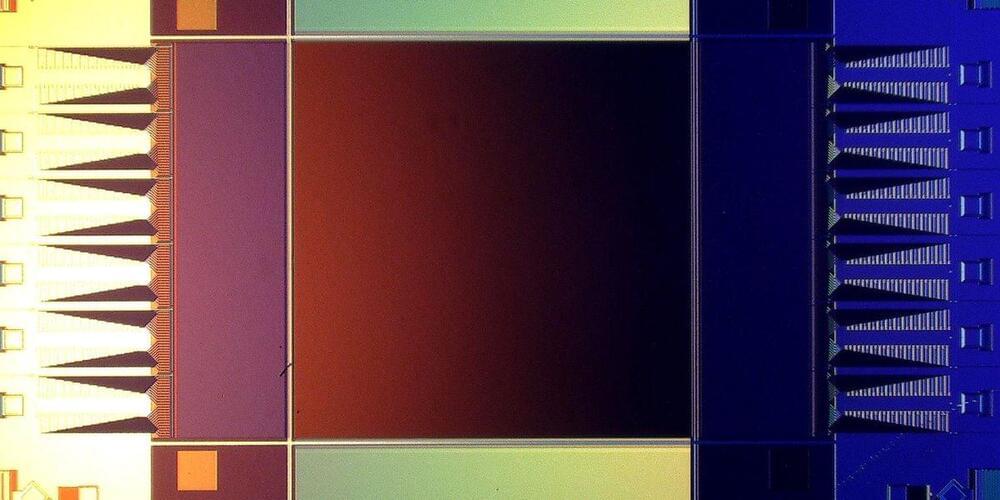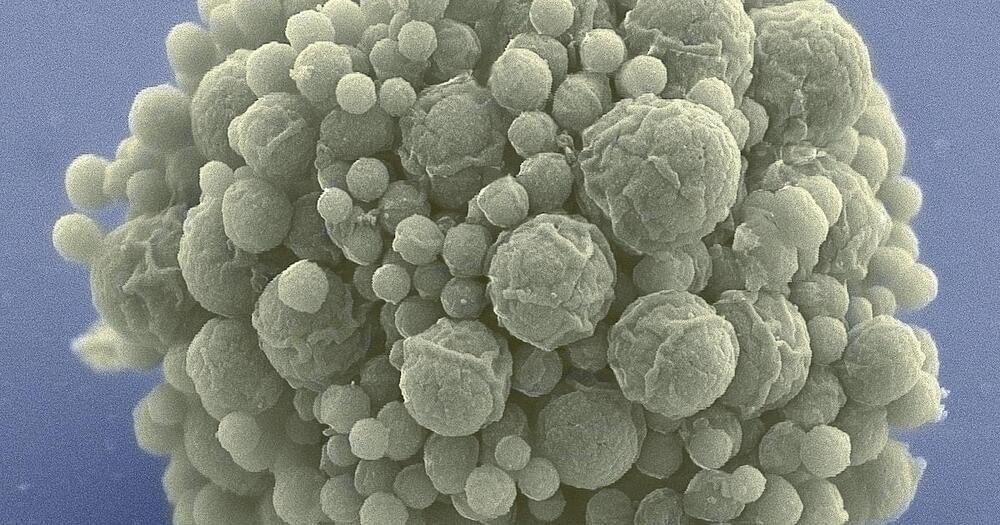Sponges might not look like particularly complex animals, but they’ve had billions of years to evolve their own special systems. And one of those systems might involve sending messages through their body in the form of light.
Hosted by: Rose Bear Don’t Walk (She/Her)
———
Support SciShow by becoming a patron on Patreon: https://www.patreon.com/scishow.
———
Huge thanks go to the following Patreon supporters for helping us keep SciShow free for everyone forever: Matt Curls, Alisa Sherbow, Dr. Melvin Sanicas, Harrison Mills, Adam Brainard, Chris Peters, charles george, Piya Shedden, Alex Hackman, Christopher R, Boucher, Jeffrey Mckishen, Ash, Silas Emrys, Eric Jensen, Kevin Bealer, Jason A Saslow, Tom Mosner, Tomás Lagos González, Jacob, Christoph Schwanke, Sam Lutfi, Bryan Cloer.
———
Looking for SciShow elsewhere on the internet?
SciShow Tangents Podcast: https://scishow-tangents.simplecast.com/
TikTok: https://www.tiktok.com/@scishow.
Twitter: http://www.twitter.com/scishow.
Instagram: http://instagram.com/thescishowFacebook: http://www.facebook.com/scishow.
#SciShow #science #education #learning #complexly.
———
Sources:
https://www.pnas.org/doi/epdf/10.1073/pnas.0307843101
https://www.sciencedirect.com/science/article/pii/S0022098108004085
https://www.sciencedirect.com/science/article/pii/S0956566305001296
https://journals.sagepub.com/doi/pdf/10.1369/0022155413502652
https://academic.oup.com/icb/article/53/1/103/627237
https://link.springer.com/article/10.1007/s11434-012-5241-9
https://febs.onlinelibrary.wiley.com/doi/full/10.1111/j.1742…09.07552.x.
https://pubmed.ncbi.nlm.nih.gov/10966452/
https://blogs.scientificamerican.com/a-blog-around-the-clock…an-clocks/
https://www.frontiersin.org/articles/10.3389/fmars.2017.00327/full.
https://www.cell.com/iscience/pdf/S2589-0042(22)00707-6.pdf.
https://www.ncbi.nlm.nih.gov/pmc/articles/PMC3309880/
https://ucmp.berkeley.edu/porifera/pororg.html.
https://pubmed.ncbi.nlm.nih.gov/12931176/
Image Sources:
https://www.gettyimages.com/detail/video/huge-diversity-of-w…popup=true.
https://www.gettyimages.com/detail/video/indopacific-bottlen…popup=true.
https://www.gettyimages.com/detail/video/seascape-of-coral-r…popup=true.
https://www.gettyimages.com/detail/photo/seascape-with-stove…popup=true.
https://www.gettyimages.com/detail/photo/orange-rubber-spong…popup=true.
https://www.gettyimages.com/detail/photo/yellow-sea-sponge-r…popup=true.
https://www.gettyimages.com/detail/photo/glass-sponge-sea-li…popup=true.
https://www.gettyimages.com/detail/photo/elephant-ear-sponge…popup=true.
https://en.wikipedia.org/wiki/Venus%27_flower_basket#/media/File: Sponge_Spicules_of_Euplectella.jpg.
https://commons.wikimedia.org/wiki/File: Euplectella_aspergillum_Okeanos.jpg.
https://www.google.com/url?q=https://link.springer.com/conte…-u6FwMWtOB
https://www.gettyimages.com/detail/photo/fiber-optic-purple-…popup=true.

https://link.springer.com/content/pdf/10.1007/s11434-012-5241-9.pdf.
https://www.gettyimages.com/detail/video/warty-comb-jellyfis…popup=true.
https://www.gettyimages.com/detail/photo/fiber-optical-cable…ht%2Bfiber.
https://www.gettyimages.com/detail/video/close-up-of-the-red…popup=true






